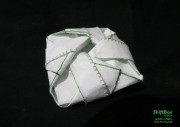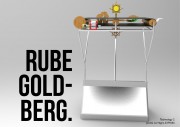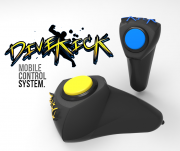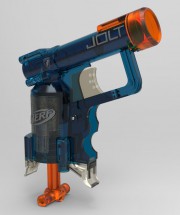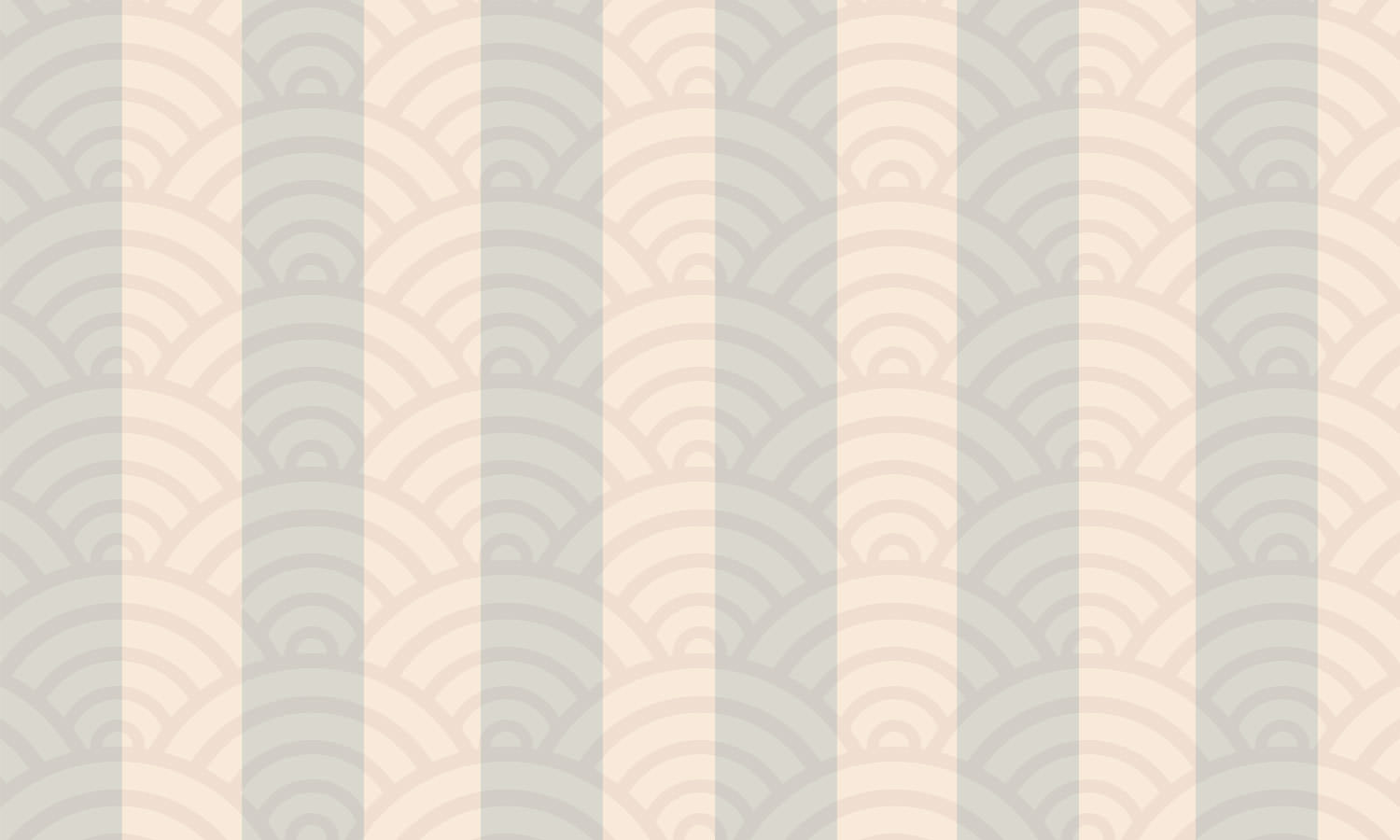TIMOR PART 1: Culture, Observations and Opinions
As part of my research on Timor-Leste, its needs and current aid programs, I interviewed the ever-insightful Michael O’Connell. His work in East Timor has been done through the Australian Alternative Energy Association. As an engineer, he’s been working on alternative energy solutions for developing nations (professionally and as a volunteer) and also now works in education and training, both locally, and in Timor.
типовые окна из ПВХ
установка металлических дверей в Минске
Восстановление картриджей в Минске
This is the first half of the interview that I have transcribed from a recording. It covers what it’s like to live and work in Timor, observations of culture, and opinions on the way things are going. There is also commentary on why aid projects have either failed or succeeded. Part two to come shortly.
Design Studies – Rube Goldberg: Semester 2, 2012
NOTE ; THIS ESSAY IS FOR PERSONAL USE. LIKE ANY OF MY OTHER WORK, THIS HAS NOT BEEN PEER REVIEWED AND IS NOT A TICKET OUT OF A HOMEWORK ASSIGNMENT. Please let me personally know through my contact page if you are using this as a class reference, also.
This is an essay from my design studies class titled Thingspeak.
I recieved a HD for this essay.
The Significance of
Rube Goldberg Machines
Rube Goldberg was an author, engineer and cartoonist from San Francisco. He began drawing as a child and was enthralled simply by the scent of ink.
He was, however, discouraged from illustration by his father, and so studied an engineering degree. Soon after quitting his first job as an engineer, he started an internship at a newsroom, and eventually found himself illustrating the sports section of the paper. As his popularity grew, he started his own column of illustrations (Mousetrap Contraptions, History of Rube Goldberg, paragraphs 1-2).
These illustrations depicted his most famous work – his inventions – now known as Rube Goldberg Machines. According to his official website (Rube Goldberg, Biography, paragraph 6), Rube never made these machines, however, it is commonly known that his work has and continues to inspire many inside and outside of the inventing world, locally and globally, today.
Design Studio: Semester 2, 2012
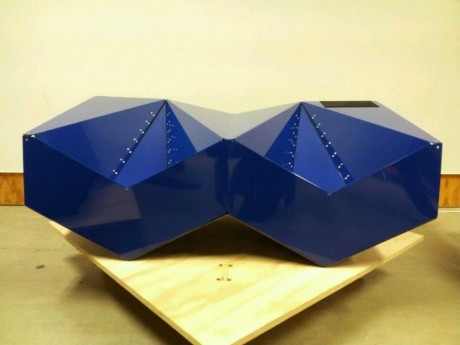
This is a chair made from one sheet of dibond, created by my design studio group.
The brief was to make a two seater chair for a family setting.
A video was made of its creation process.
Design Studies: Semester 2, 2012
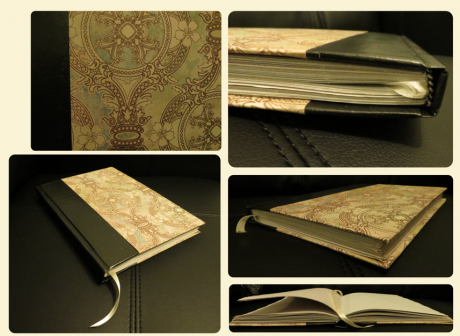
My design studies for semester 2 was called Thingspeak.
This focused on the taxonomies of objects, and consideration of those taxonomies when observing and creating objects.
A large part of this was the creation of several recognisable objects such as handmade cameras and books.
I now create and sell one of a kind books in the “Handmade Store” section of this website.
Figure Design Communications: Semester 2, 2012
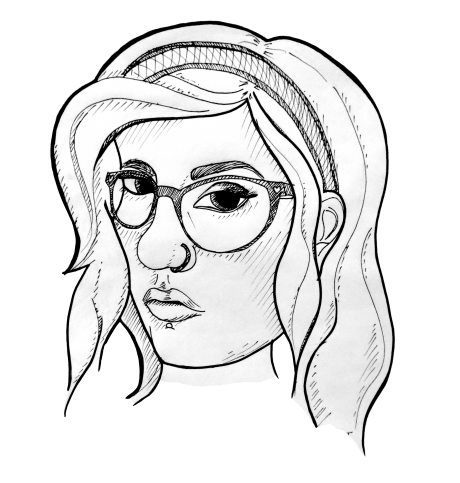
This is my self portrait from the figure class in design communications.
CAD Design Communications: Semester 2, 2012
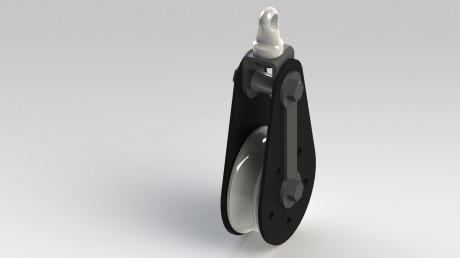
This is from the CAD component of communications in 2012.
This pulley was created using an assembly of parts constructed using the engineering rendering program Solidworks.
Wacom Design Communications: Semester 2, 2012
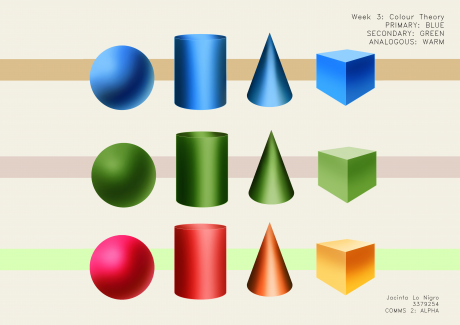
This is a compilation demo of my ability to understand colour theory and values, demonstrated with Wacom Cintiq rendering processes in Photoshop.
Design Studies: Semester 1, 2012
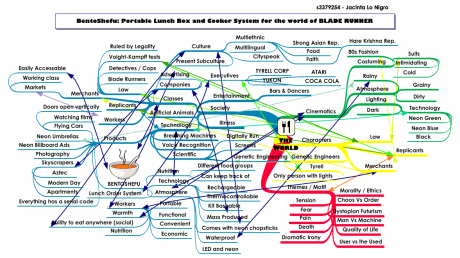
This unit was called “Science fiction / KPI”.
We focused on the actor networks of science fiction films, so we were able to design our own products for those universes.
This is the actor network map for my product “BentoShefu” a portable lunch-cooker for the world of Ridley Scott’s ‘
Design Studio: Semester 1, 2012
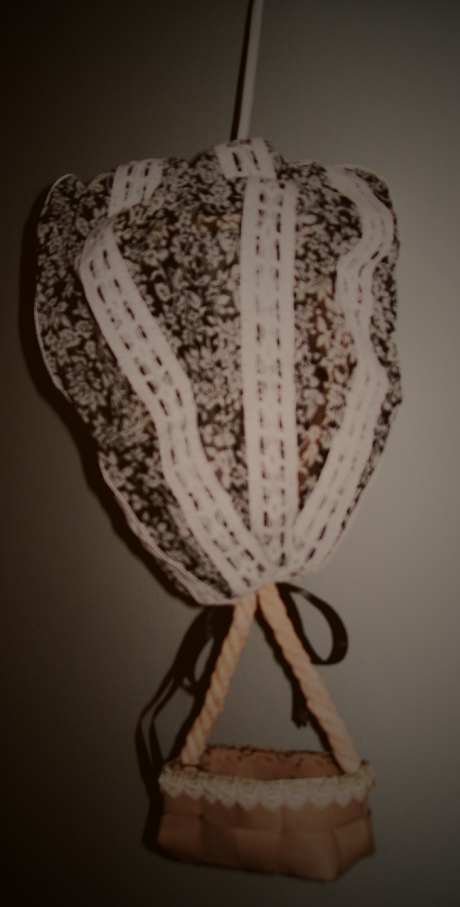
This is the final product of my Design Studio component of the Industrial Design program.
The brief was to create a pendant light. This light is designed for a nursery, and titled “Oh the Places You’ll Go!” as a tribute to Doctor Seuss.
Design Communications: Semester 1, 2012
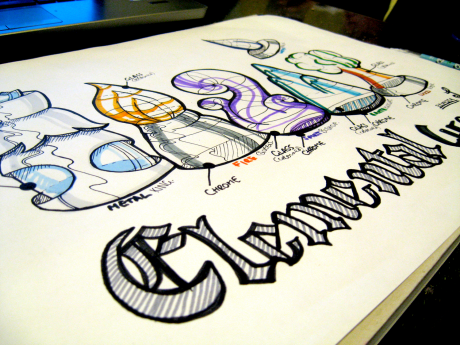
This is an example of marker work from semester 1 of the Industrial Design program, 2012.
This is a redesigning of a chess set, using glass and chrome, and the motif of traditional elements.

![Rube_Goldberg_1928[1]](http://wordsaboutsomething.com/wp-content/uploads/2013/03/Rube_Goldberg_19281.png)
